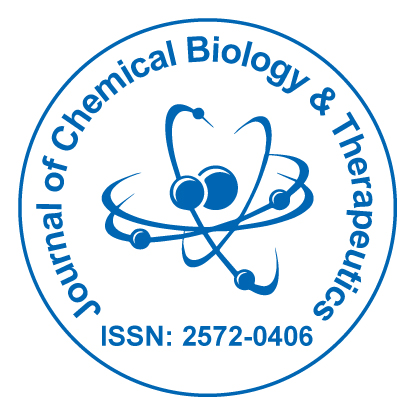Mini Review
DNA-Lipids-Me2+ Complexes Structure and their Possible Functions in a Cell
Kuvichkin VV*
Institute of Cell Biophysics, Russian academy of Sciences, Russia
- *Corresponding Author:
- Kuvichkin VV
Institute of Cell Biophysics
Russian academy of Sciences
142290, Pushchino, Moscow reg. Russia
Tel: +7-916-640-5267
Fax: +7-4967330509
E-mail: vvkuvichkin@gmail.com
Received date: November 23, 2015; Accepted date: January 5, 2016;Published date: January 12, 2016
Citation: Kuvichkin VV (2016) DNA-Lipids-Me2+ Complexes Structure and their Possible Functions in a Cell. J Chem Biol Ther 1:105. doi: 10.4172/2572-0406.1000105
Copyright: © 2016 Kuvichkin VV. This is an open-access article distributed under the terms of the Creative Commons Attribution License, which permits unrestricted use, distribution, and reproduction in any medium, provided the original author and source are credited.
Abstract
Study of lipid-nucleic acids interactions have fifty years of history and were originally aimed at studying of DNAmembrane complexes (DMC). On the basis of own and literary data we had been proposed DMC model and their participation in the formation of structures nucleoid and nuclear envelope with pores.
Understanding of nuclear pores role not only as channels between nucleus and cytoplasm but also as basic regulator of gene expression will allow using this knowledge in nanobiotechnology and medicine, in particular in gene therapy. In gene therapy the basic method of genes transfer in cells are complexes of DNA with which are strongly toxic for man. Zwitterionic lipids compose to 50 weight % of membranes and besides participation in DMC formation can really substitute cationic surfactants as carrier of DNA in cells.

 Spanish
Spanish  Chinese
Chinese  Russian
Russian  German
German  French
French  Japanese
Japanese  Portuguese
Portuguese  Hindi
Hindi